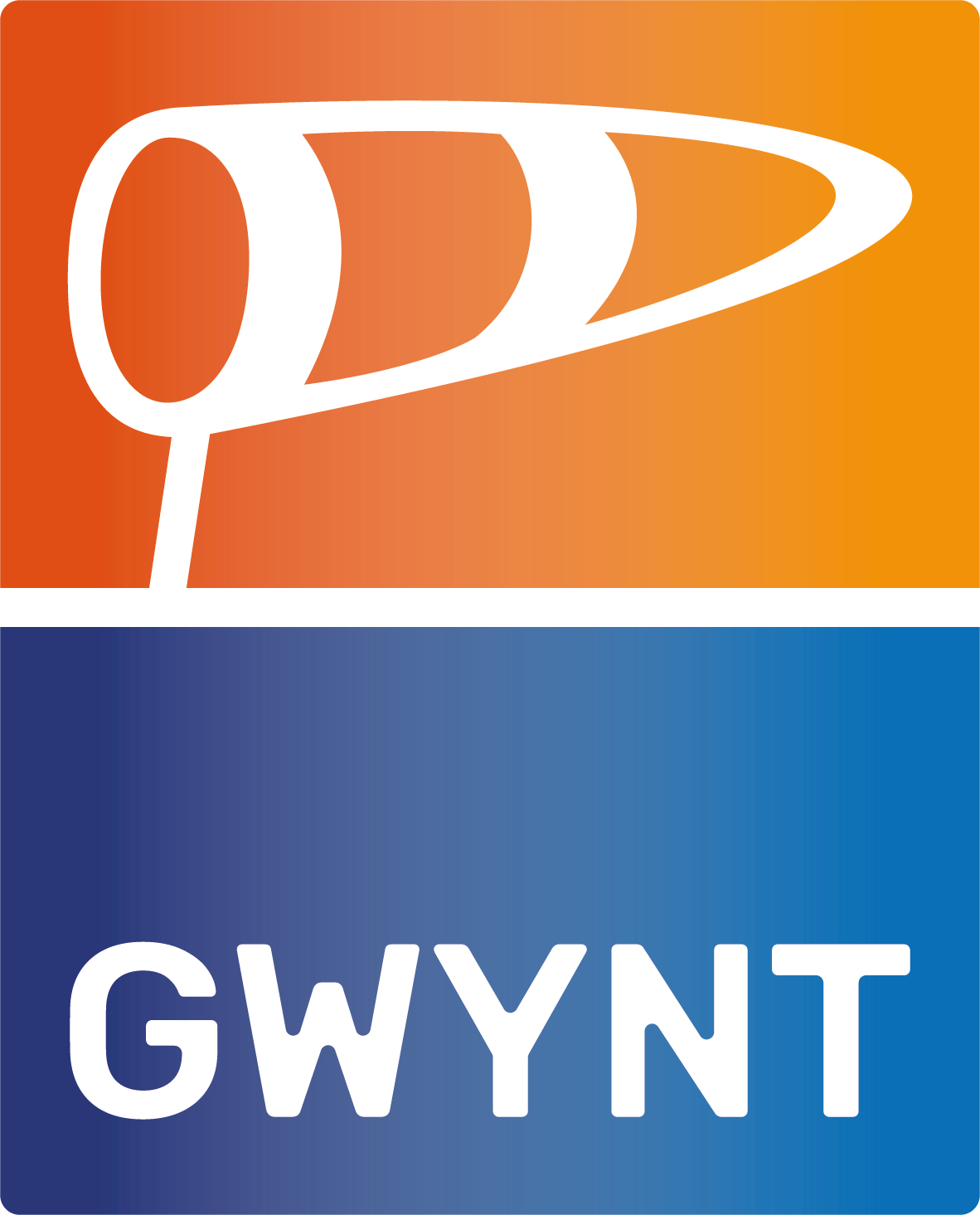How do you reduce costs in the supply chain, and how do you speed up your processes? As a business owner, you want to provide your customers with the best service at a competitive price. A professional supply chain makes this possible. Transparency and effective teamwork, both internally and externally, ensure a high level of service and a differentiated approach to stock, distribution and service parts.
Our approach & services
Utilising Sales & Operations Planning (S&OP)
How do you create transparency in the supply chain? How can you collaborate effectively? In today’s dynamic market place, the role of S&OP has become ever more important. Current market dynamics require transparency and close cooperation within your supply chain. S&OP enables you to not only collaborate with suppliers but also integrate processes between sales, production, purchasing and finance, and facilitate a culture of continuous improvement.
We’ll look at your sub-planning processes such as demand planning and supply planning. We’ll also analyse current processes, meeting structures and available systems. Then we’ll then sit down with you to decide on the right planning methods, procedures and systems for the best possible S&OP process.
Developing a purchasing strategy
Do you know what’s driving your purchasing costs? Do you have strategic partnerships with major suppliers? Are in/outsourcing tasks supported by in-depth cost/benefit analyses? In many industrial companies, procurement is responsible for more than 50 per cent of costs. Moreover, suppliers are having increasingly more influence on the quality and sustainability of products, on the business model and on the complexity of the total logistical chain.
To manage your costs, a good understanding of procurement costs needs to be incorporated into your purchasing strategy. We’ll identify your spending and saving opportunities and help your people make actual cost savings. We’ll also help you set up an effective purchasing organisation and professionalise your purchasing processes.
Determining optimum stock levels
How can you reduce stock levels while maintaining a high level of service? What should you be keeping in stock? We believe a differentiated approach is the best way to determine optimum stock levels. For this, we use a method that maps the variability of demand. The results of this analysis and our combined knowledge of the market, product portfolio, delivery periods and current working methods are then used to define an approach to optimise stock levels.
Making service parts and after-sales service profitable
How can you increase the uptime of your products and after-sales service? How do you make after-sales service profitable or reduce working capital? Supplying service parts to a broad customer base demands a complex service structure and optimised stock levels of service parts. We can analyse your stock levels, service parts and distribution network, and then produce a working solution that fulfils market demands.
Making the most of your distribution network
Does the expected increase in volume match your distribution network? What is your best route-to-market, and how do you reduce logistical costs? By carrying out a distribution network study, we can help you answer these and other questions. We’ll evaluate your current working methods using company data and our knowledge of the market. Together, we’ll define scenarios, evaluating both quantitative and qualitatively aspects and translating them into an action plan.

